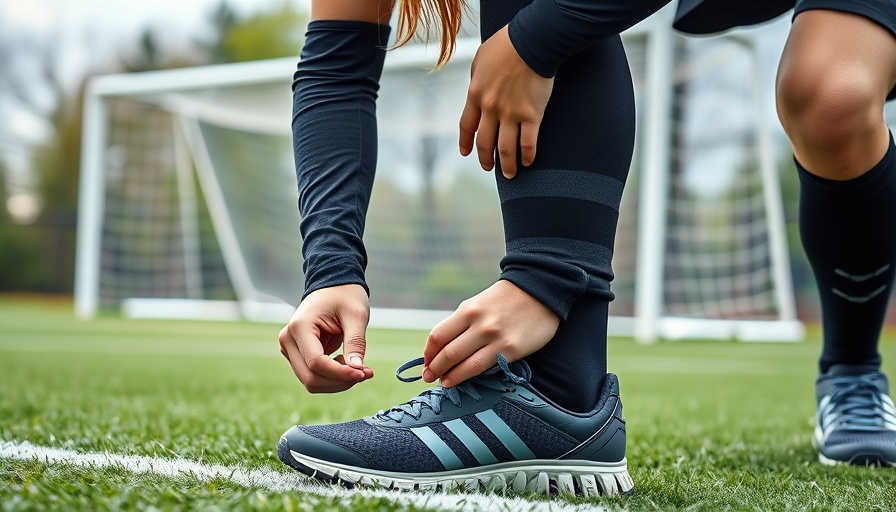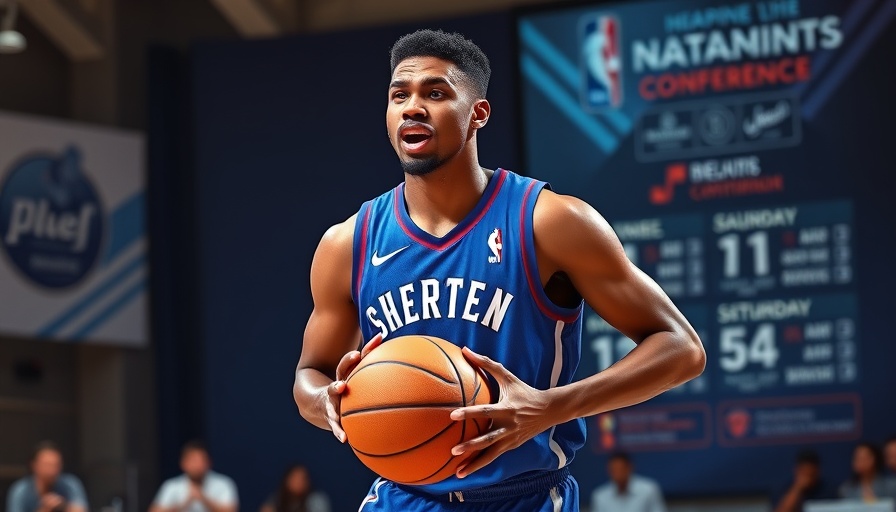
The Crucial Role of Athletic Directors in Preventing Injuries
In the realm of high school sports, where injuries are an undeniable reality, the role of athletic directors becomes paramount. With over 7.7 million teenagers participating in various athletic activities, these leaders are the linchpin in ensuring that the risks associated with sports are minimized through strategic planning and education.
Holistic Injury Prevention Strategies
From coordinating with coaches and trainers to setting up protocols for safe practices, athletic directors like Mike McGurk from Lee's Summit North High School emphasize thorough facility checks for any disrepair that could jeopardize athlete safety. This involves inspecting fields for uneven surfaces and ensuring gym equipment is safe to use. Similarly, managing environmental factors is critical; Gary Stevens, an athletic administrator at Saco, highlights the need for protocols during extreme weather, whether hot or cold, to better protect athletes' health.
Preparation Through Education and Awareness
Education plays a significant role in injury prevention, as highlighted by Sandy Freres from The Prairie School. Teaching athletes and their families about the importance of hydration, nutrition, and adequate sleep is essential. Inadequate preparation in these areas can lead to increased injury rates. Additionally, Stevens advocates for thorough pre-participation physical exams to identify any underlying health issues affecting athletic performance and injury susceptibility.
Strategies for Youth Athlete Development
McGurk points to the dangers of early specialization in sports, which can lead to overuse injuries. To combat this, athletic directors should promote a balanced approach to training that includes a variety of activities, allowing the body to recover and develop holistically. This is particularly crucial for martial arts students who may frequently train in a single discipline without sufficient rest.
Impact of Collaborative Communication
Effective communication is key. Athletic directors must ensure that everyone involved in the athletes' lives—coaches, parents, and the athletes themselves—are aware of safety practices. Encouraging an open dialogue about nutrition and rest can help foster a culture of health that prioritizes long-term well-being over immediate success.
Parallels in Martial Arts and Self-Defense Training
Similar to high school sports, the world of martial arts also requires robust injury prevention strategies. Self-defense experts advocate for conditioning practices aimed at enhancing flexibility and physical resilience, which inherently reduces the likelihood of injuries. Just like in football or basketball, martial arts practitioners benefit from preventative training drills focused on injury risk management and safety protocols.
Insider Tips from Injury Prevention Experts
In both schools and martial arts studios, experts agree on the importance of ongoing education and proactive measures. Injury prevention workshops tailored to specific sports can empower coaches and athletes, ensuring they are equipped with the latest knowledge on injury avoidance techniques. Utilizing certified injury reduction coaches can further enhance athletes' training methods to prioritize safety.
Conclusion and Call to Action
It is imperative for athletic directors, coaches, and martial arts instructors to collaborate and create a comprehensive approach to athlete safety. By prioritizing education on nutrition, physical examinations, and fostering healthy training habits, we can significantly reduce injury rates among young athletes. Additionally, parents should be empowered to engage with their children’s athletic endeavors actively. This holistic reduction approach not only benefits physical health but also enhances performance and longevity in sports. Take action today and prioritize your or your child's safety in sports and martial arts training.
 Add Row
Add Row  Add
Add 




Write A Comment